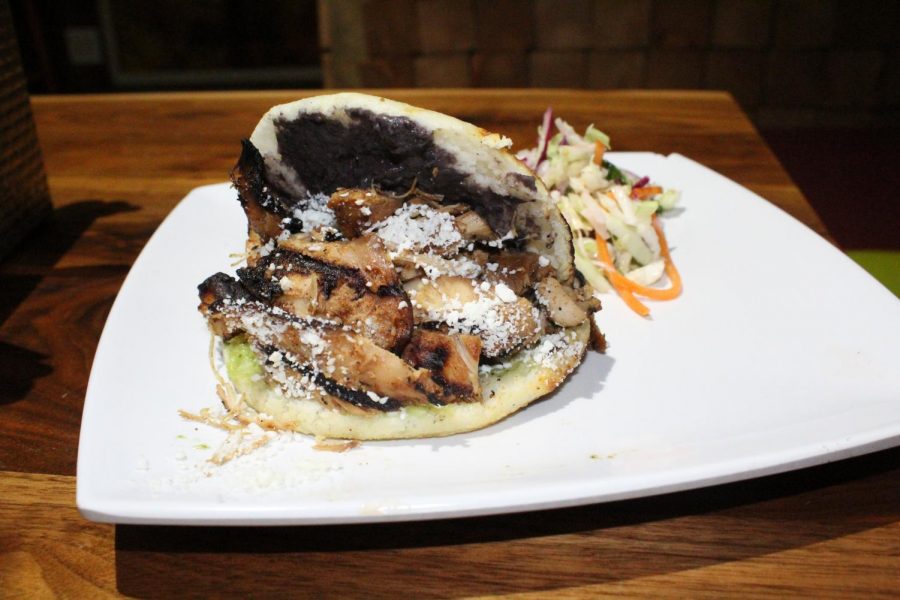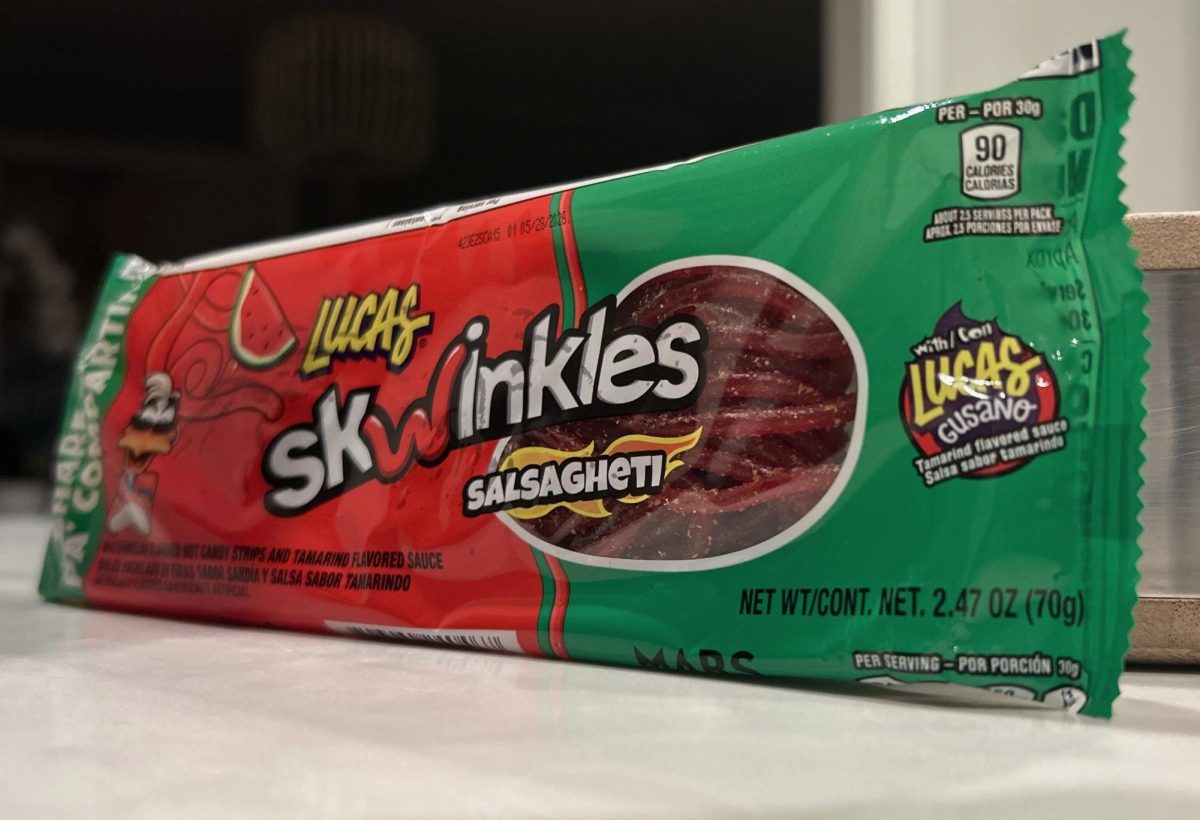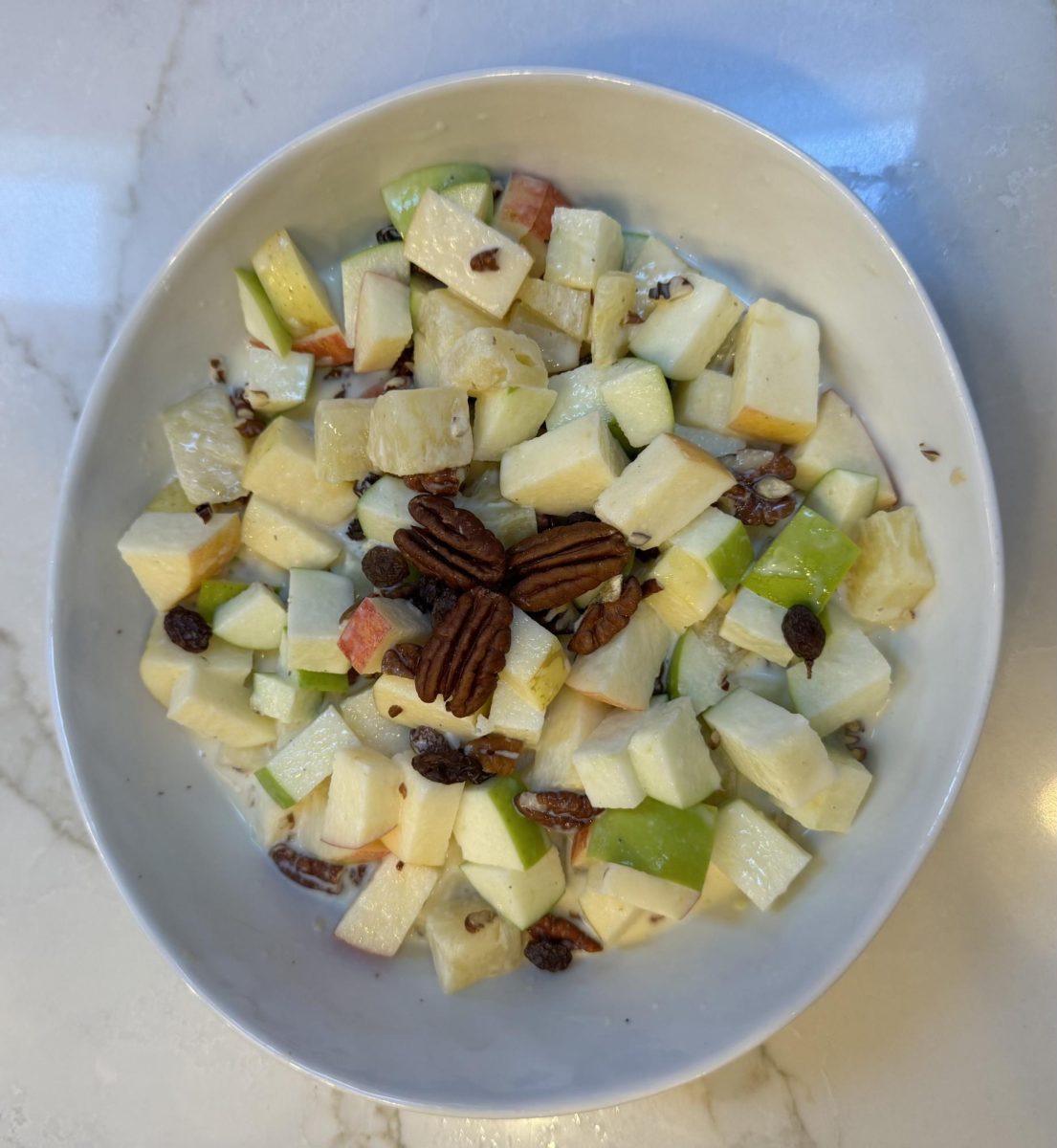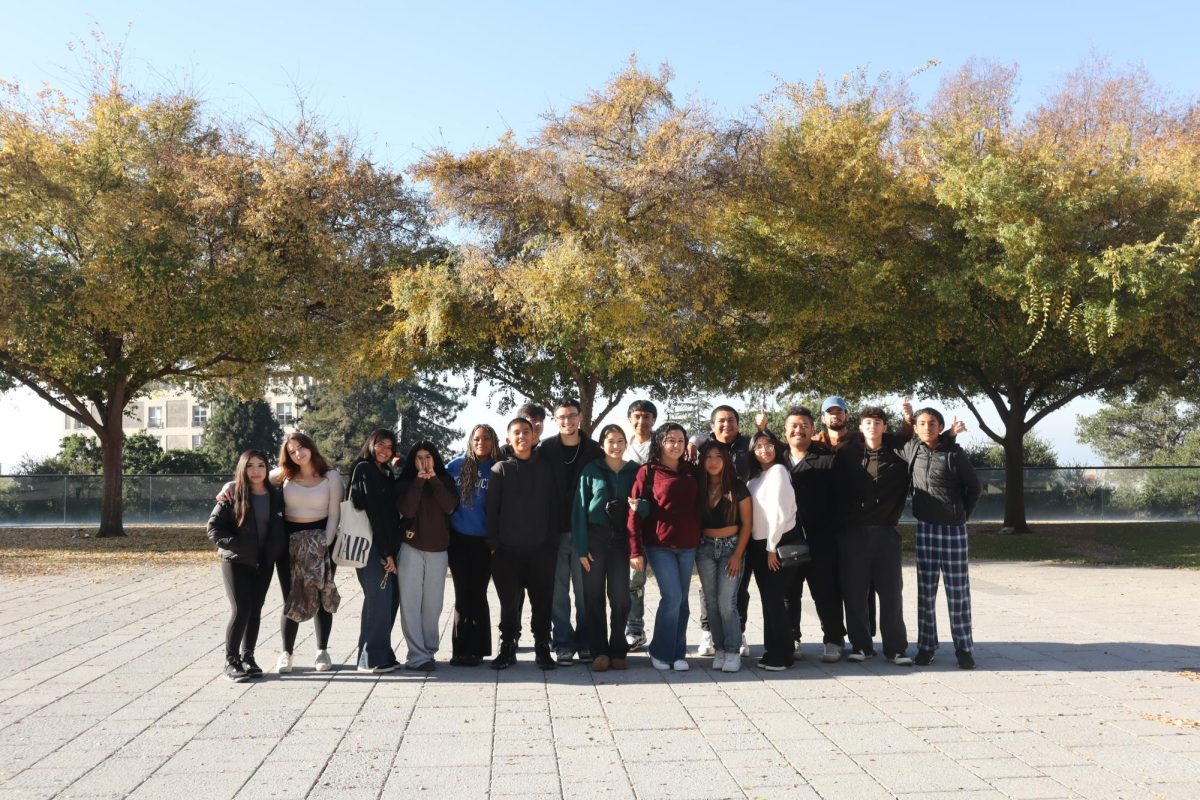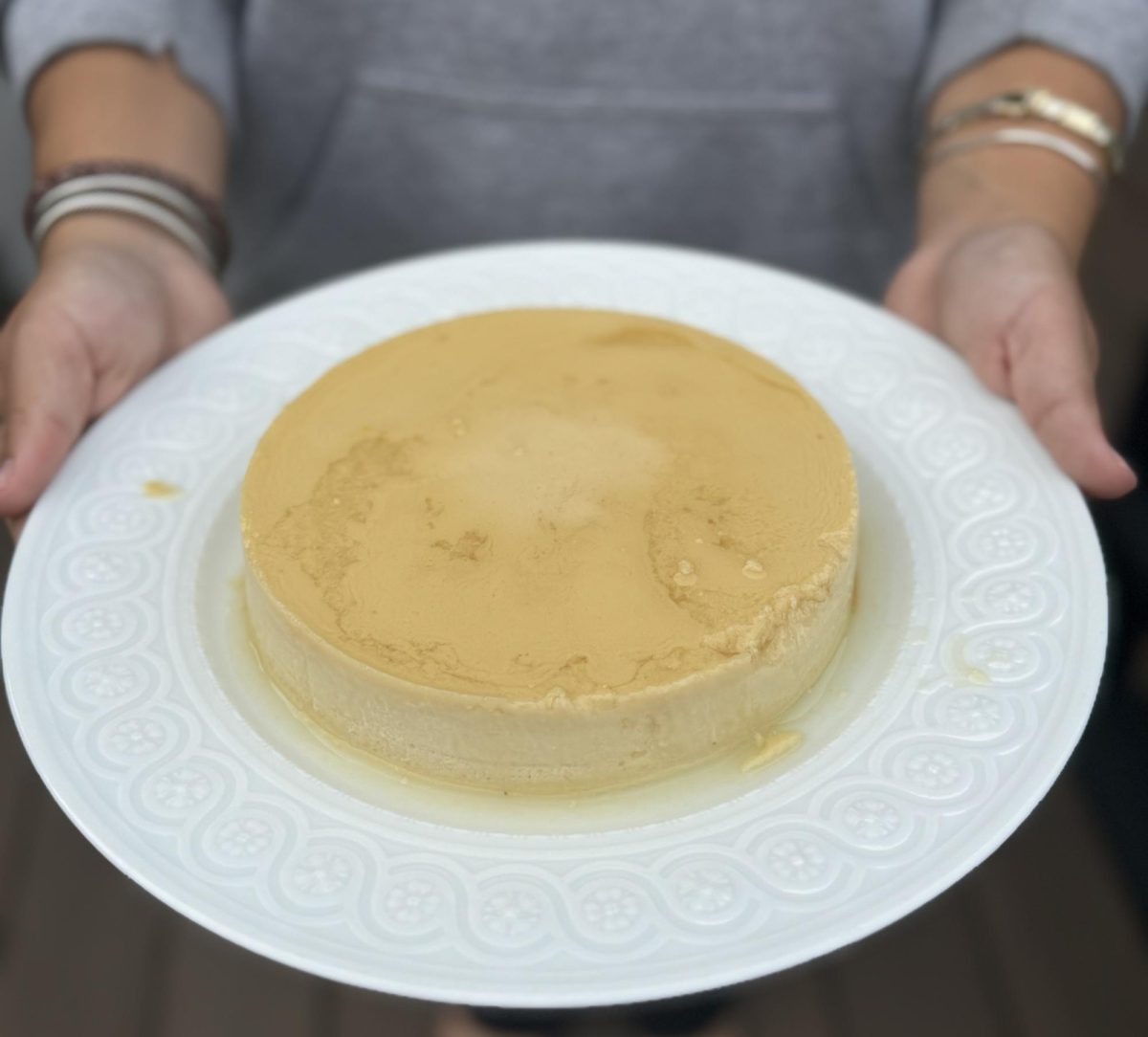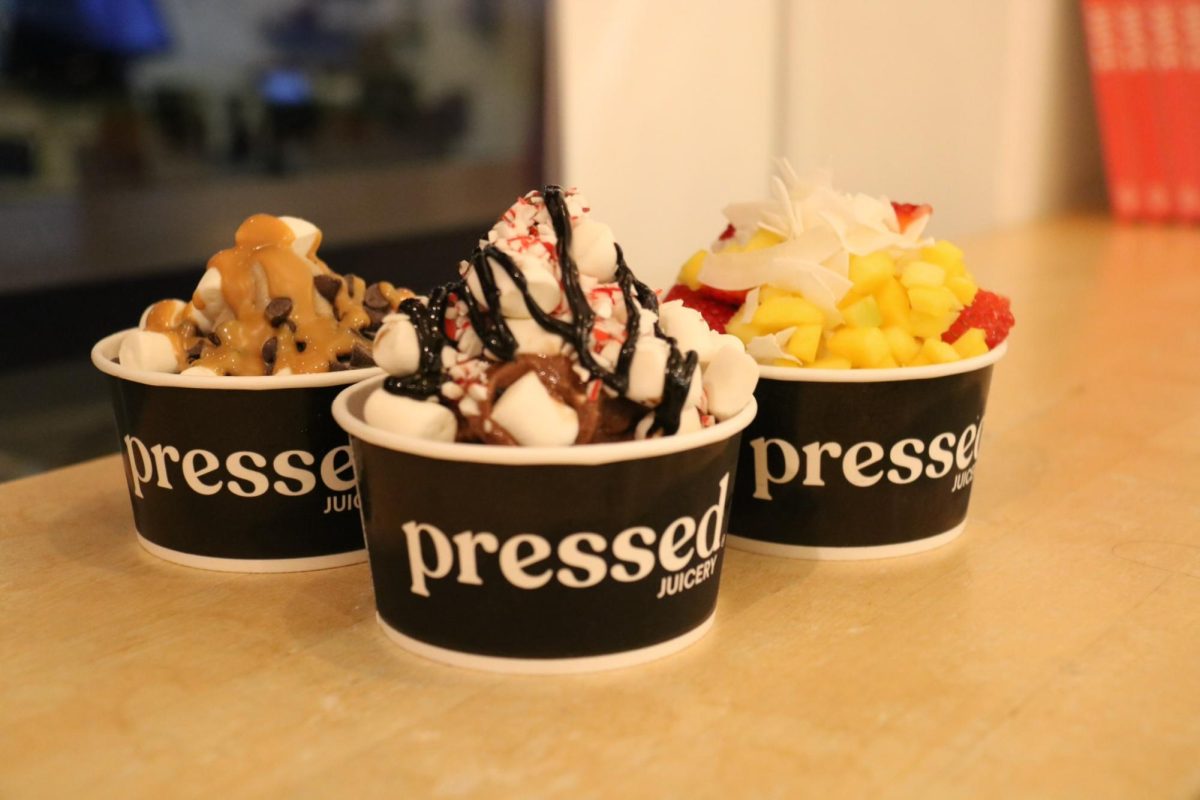¿Estás ansioso por comer comida del sur de la frontera? ¿Están entusiasmados para salir de Marín? ¡Estos tres restaurantes ofrecen la oportunidad de hacer los dos! Sin embargo, tengan cuidado, porque no todos son tan prometedores como un cliente esperaría.
La Cocina de Pica Pica Arepa (4 estrellas):
Ubicado en la calle Valencia, este restaurante ofrece una mirada interior a la comida de un país que muchos no han experimentado: Venezuela.
El menú muestra una variedad de opciones a que muchos venezolanos son acostumbrados, incluyendo las arepas. Estas son bolsillos de maíz asado, destinados a ser crujientes afuera y correosas adentro. Son rellenas de una variedad de rellenos sabrosos como el pollo, el asado, el guacamole, los tomates y los frijoles.
La arepa de pollo asado del restaurante, relleno con un puré de frijoles negros, tomates, queso fresco, y Guasacaca, una salsa de aguacate, fue todo lo que la foto prometió. Para una persona que lo come por la primera vez, el plato da un crujido, seguido de una sensación correosa del bolsillo de maíz, a causa del asado exterior.
El interior, lleno con los ingredientes típicos de Latinoamérica, no desilusiona, porque el pollo estuvo cocinado a fondo y mezclado bien con el guacamole.
Si críticas tuvieron que decirse, serían que el personal fue robótico en vez de amistoso, y los baños no eran lo más limpios.
Sin embargo, los positivos sobrepasan más que los negativos, especialmente en términos del ambiente. Fue muy animado, incluso para una noche viernes. Había gente local bien vestida, música de CNCO y muchas sillas acerca de la ventana para ver la ciudad bulliciosa que destellea por la noche.
El Restaurante de Panchita’s #2 (2 estrellas):
En el Distrito de la Misión, en la decimosexta calle, este restaurante es difícil faltar con las luces brillantes y la multitud de clientes. Como un restaurante salvadoreño, tiene un tipo de comida esencial a su cultura: las pupusas.
Las pupusas son un tipo de pan plano que es muy grueso, hecho de harina de arroz y maíz, pero son más llenas y menos correosas que las arepas. Semejantes a las arepas, tienen ingredientes básicos adentro, pero hay más queso.
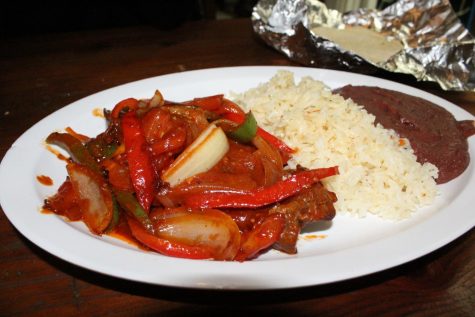
La comida, sin embargo, no era una pupusa, sino un plato de tacos. Después del entusiasmo por probar esta comida importante a El Salvador, fue una desilusión no experimentarla. Los tacos mismos eran muy insípidos, y ni siquiera la salsa dada pudo rescatarlos.
Hubo una espera larga, y fue inapropiado cuando clientes recibieron su comida en una orden aleatoria, en vez de la orden de llegada.
El ambiente era muy repleto de gente y animado, creando una atmósfera festejera. Sin embargo, la fiesta terminó cuando cantantes desafinados de mariachi vinieron y cantaron en las caras de los clientes tratando de disfrutar su comida.
No obstante, el restaurante, a pesar de sus clientes animados, no fue a la par con su sabor, entretenimiento, o servicio.
Peña Pachamama (5 estrellas):
No falten este restaurante boliviano en la bulla de la calle Powell. Está muy cerca al Parque de Washington y las panaderías de North Beach, así está en el medio de muchas áreas populares.
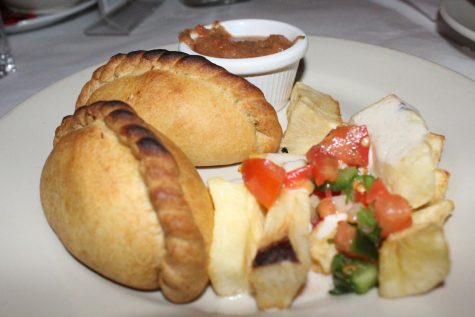
Al principio, el menú no apareció proveer comidas tradicionales a Bolivia, a pesar de su marca. Los platos del menú eran hamburguesas, pizza, pasta, y plátanos, y ningunas de esas comidas son bolivianas. Sin embargo, después de leer más, el menú muestra que el restaurante mezcla comida Boliviana igualmente con otros platos populares en los EEUU.
Las empanadas, por ejemplo, fueron increíbles. A pesar de su origen español, los cocineros incluyeron un estilo Boliviano con una salsa picante que es muy común en el país.
Conocido como llajwa, esta salsa es hecha con ingredientes como la pimienta de locoto, quirquiña, y los hierba de wacataya que son nativos a los valles del Altiplano de Bolivia.
Incluso sin la salsa, estas empanadas dan una impresión memorable a causa de su mendrugo grueso y lleno de yuca. Sin embargo, la salsa es muy fuerte porque es tan picante.
El ambiente era muy animado también, y desemejante de los otros restaurantes, había una distribución igual de generaciones entre los clientes, creando una atmósfera hogareña. Otro evento que añadió al ambiente fue que muchos clientes habían venido para un espectáculo de flamenco que ocurre a menudo en el restaurante.
De conjunto, la comida fue rica, el personal fue atento, y la atmósfera positiva hicieron una noche perfecta para la familia. Sin embargo, es importante reservar una mesa en las horas más tardes para experimentar el ambiente en su apogeo.
ENGLISH VERSION
Hungry for some food south of the border? Dying to get out of Marin? These three restaurants offer the chance to do both. Be careful though, for not all are as promising as a new customer might hope.
La Cucina de Pica Pica Arepa (4 stars):
Located on Valencia street, this restaurant offers an inside look into the food of a country many may not have experienced: Venezuela.
The menu features a variety of options that many Venezuelans are accustomed to, including their traditional arepas. These are grilled corn pockets, intended to be crunchy on the outside and soft on the inside, filled with a variety of savory fillings. These include chicken, beef, guacamole, tomatoes and beans.
The restaurant’s take on arepas come in the form of golden pockets of goodness. With grilled chicken, a black bean puree, tomatoes, fresh cheese and avocado salsa, the dish was everything its photo promised. For a first time eater, it delivered a surprising crunch, immediately followed with a chewy sensation of the corn pocket, due to a grilled exterior.
The inside, filled with standard Latin American ingredients, did not disappoint, as the chicken was cooked thoroughly and balanced well with the medium sized portion of guacamole.
If criticism had to be made, it would be that the staff was rather robotic instead of friendly, and the bathrooms were not the cleanest.
Nevertheless, the positives outweigh the negatives, especially in terms of ambience. The environment was very lively. It featured well-dressed locals, music from CNCO and many window seats that offer a view of the bustling city twinkle at night.
El Restaurante de Panchita’s #2 (2 stars):
In the Mission District on 16th Street, this restaurant is hard to miss with its bright lights and crowds of people. As a Salvadorean restaurant, it features a popular staple to its culture: pupusas.
Pupusas are thick flatbreads made from rice flour or cornmeal, similar to arepas, but are more stuffed and less chewy. These grilled bread pockets also hold similar ingredients inside to the arepas from Pica Pica Arepa Kitchen, but tend to have more cheese.
The meal itself, though was not actually a pupusa, despite having ordered them. Instead, the servers brought open faced soft shell tacos. After looking forward to sampling this Honduran staple, it was very disappointing to not experience it. The tacos themselves were very bland, and the given salsa could not salvage it.
Since there was a big crowd, there was a longer than average wait. Though expected, it was inappropriate when food was served to customers out of order, rather than a first come, first served basis.
The ambience was crowded and lively, which created a party atmosphere. However, the party was soon over when off-key mariachi singers sang in the faces of patrons trying to enjoy their food.
As a result, this restaurant, despite the liveliness, is not up to par when it comes to flavor, entertainment or service.
Peña Pachamama (5 stars):
Don’t miss this Bolivian style restaurant on San Francisco’s bustling Powell Street. Walking distance from Washington Square Park and North Beach bakeries, this establishment is tucked in the heart of many popular areas.
At first glance, the menu does not appear to provide anything traditionally Bolivian, despite its branding. The top items include cheeseburgers, pizza, pasta, tacos and plantains, none of which are of Bolivian origin. However, reading further shows that the restaurant balances Bolivian cuisine with these dishes in a fusion style.
The restaurant’s empanadas tasted incredible. Despite the Spanish origin of this dish, the chefs put a Bolivian twist to them by adding a spicy, signature authentic salsa. Known as llajwa, this sauce is made with locoto pepper as well as quirquina and wakataya herbs native to the Altiplano valleys of Bolivia.
Even without the sauce, these empanadas left a memorable impression due to their thick crust and well-cooked yuca stuffing. Nevertheless, the salsa gave it a strong kick.
The ambience was also quite upbeat, and unlike other restaurants, there was an even cross generational distribution that formed a homely vibe.
Overall, the food was rich, the staff was attentive and the positive environment made for the perfect night out with family. However, the later hours are when the ambience is at its finest.

